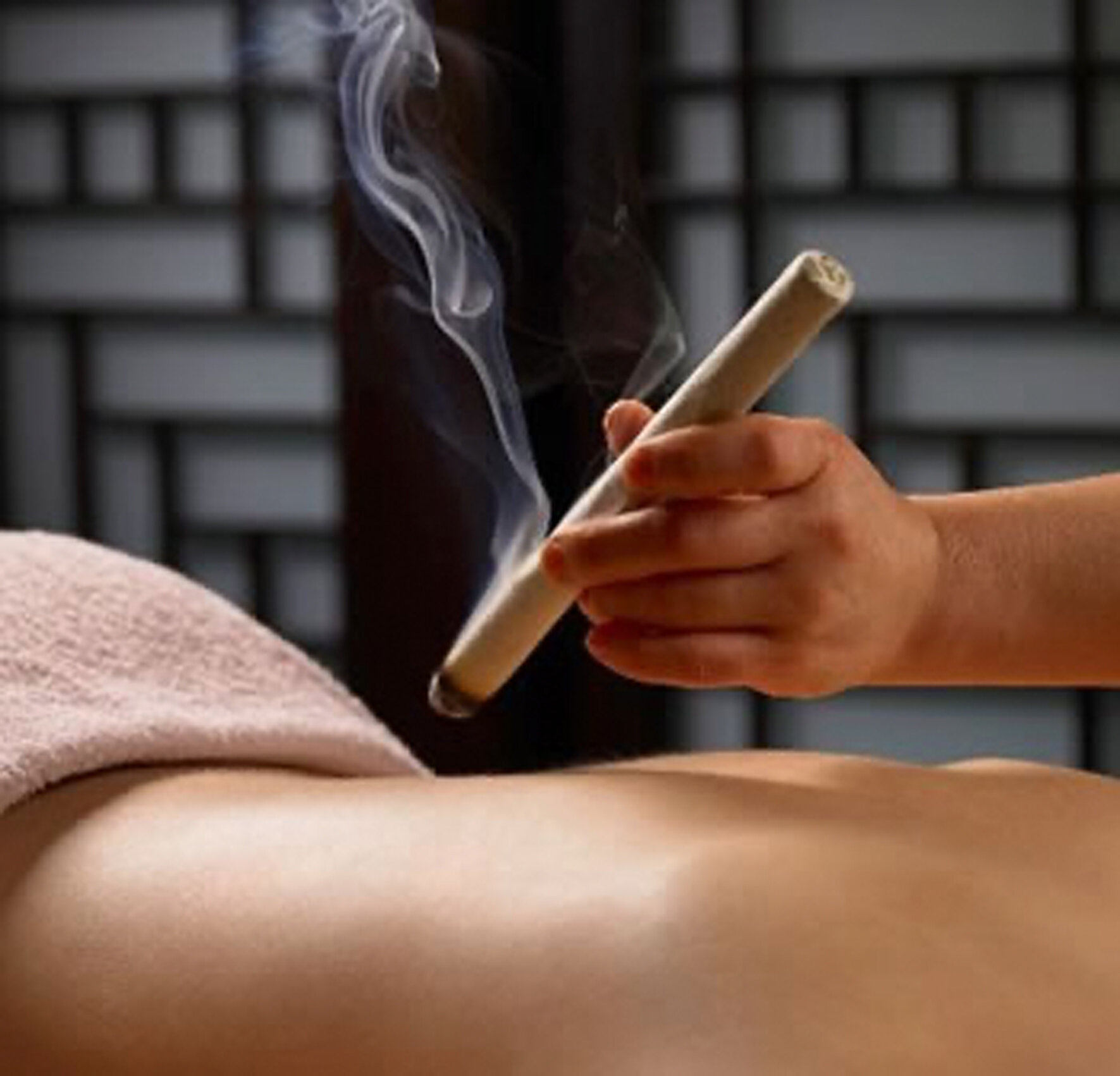The Healing power of Moxa
What is moxa?
Moxa is a heat therapy used alongside acupuncture needling and is a regular feature in my clinic. If moxa is part of your treatment, you are likely to feel a gentle warmth at the area where the moxa is being applied which radiates through the body. Moxa isn’t suitable for every person and condition but when it is suitable, the healing properties are amazing.
Origin of moxa
Moxa is a herb called Mugwort or ‘Artemisia Vulgari’ that is widely grown in many countries and harvested for use in Chinese Medicine. The actual term ‘moxa’ comes from the Japanese word mogusa or mo kusa, which means ‘burning herb.’ Mugwort gets its botanical name ‘Artemisia’ from the Greek Goddess Artemis. Artemis was known as the Goddess who, among other things, protected young children and relieved disease in women. Perhaps unsurprisingly, moxa is frequently used to treat gynecological conditions and menstrual pain and is also part of the treatment to turn breech babies.
The benefits of moxa
The many benefits of moxa include warming the body and meridians to expel cold, activating the stagnation of qi (stagnation often causes pain in the body), encouraging the smooth flow of energy around the body, strengthening of the immune system, warming of the uterus for conception and turning the foetus ready for birth. Moxa is a wonderfully safe and pleasant treatment for children if used correctly and can be highly effective for many conditions such as persistent coughs, asthma and stomach issues.
A lot of research has been carried out regarding the efficacy of moxibustion to treat conditions such as breech baby (Steinlechner; 2012), menopausal hot flashes (Park, Lee, Jung et al; 2009), bell’s palsy (Wu et al; 2004), depression (Jiang et al; 2012), fibromyalgia (Zhao, Zhu; 2009), osteoporosis (Li et al; 2011) and carotid arteriosclerosis (Zhnag, Wang; 2011).
How is moxa used?
There are many different ways of applying moxa to the body, some are called ‘direct’ where cones are placed onto a specific body on the point and lit, sometimes sitting on a piece of ginger, garlic or salt. The more common way to apply moxa is ‘indirect’ which is either by placing a piece of moxa on the end of an acupuncture needle and lighting it or holding a lit moxa stick at a particular point near the body and allowing the warmth to penetrate the area. Both methods gently allow the area identified to become warm and to circulate that heat around the meridian in the body.
So whether you are experiencing pain, low mood, digestive issues, hormonal issues or your immune system needs a boost, talk to your acupuncturist about moxa. It could be something that is right for you.


